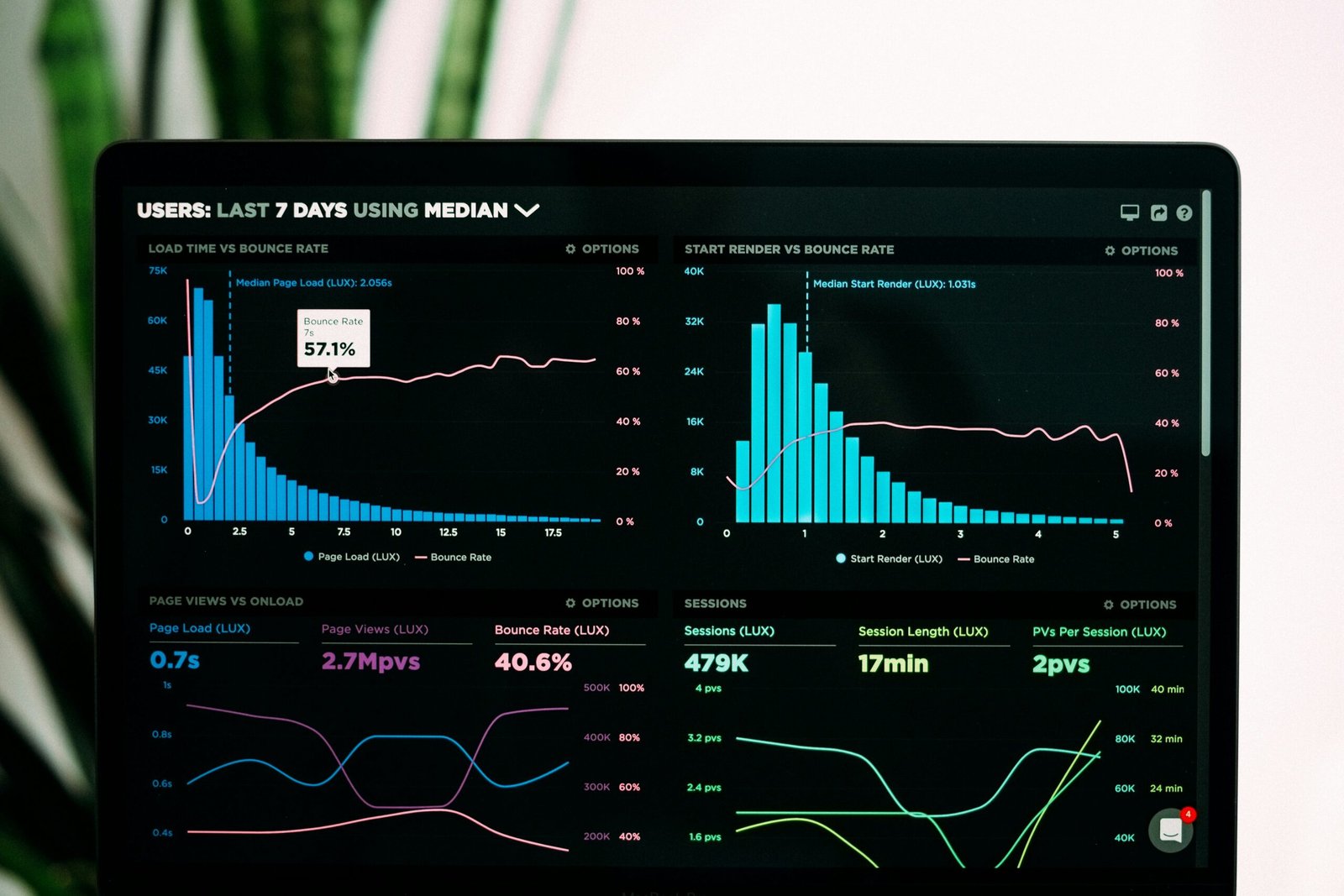As technology continues to advance at a rapid pace, the demand for skilled professionals in the field of data analysis has soared. The job market for data analysts is thriving, with numerous opportunities available across various industries. In this blog post, we will explore the current state of the data analysis job market and discuss the future prospects of this field in the IT industry.
The Current State of the Data Analysis Job Market
The data analysis job market is experiencing unprecedented growth. Companies across industries are recognizing the value of data-driven decision-making and are actively seeking skilled professionals who can extract insights from large datasets.
According to recent studies, the demand for data analysts has increased by over 50% in the past few years. This surge in demand can be attributed to several factors:
- Big Data: The proliferation of big data has created a need for professionals who can effectively analyze and interpret large volumes of complex data.
- Data-Driven Decision Making: Companies are increasingly relying on data to drive their decision-making processes. As a result, the demand for data analysts who can provide actionable insights has skyrocketed.
- Advancements in Technology: The development of advanced analytics tools and technologies has made it easier for organizations to collect, store, and analyze data. This has further fueled the demand for skilled data analysts.
Furthermore, data analysis is no longer limited to specific industries. Companies in finance, healthcare, retail, marketing, and even non-profit organizations are now leveraging data analysis to gain a competitive edge.
The Future of Data Analysis in the IT Industry
The future of data analysis in the IT industry looks promising. With the increasing reliance on technology and the growing importance of data-driven decision-making, the demand for data analysts is expected to continue to rise.
Here are some key trends that will shape the future of data analysis in the IT industry:
1. Artificial Intelligence and Machine Learning
Artificial Intelligence (AI) and Machine Learning (ML) are revolutionizing the field of data analysis. These technologies enable data analysts to automate repetitive tasks, uncover hidden patterns, and generate more accurate predictions. As AI and ML continue to evolve, data analysts will need to upskill and adapt to these advancements.
2. Data Privacy and Security
With the increasing amount of data being collected, data privacy and security have become major concerns. Organizations are placing a greater emphasis on protecting sensitive data, and data analysts will play a crucial role in ensuring compliance with privacy regulations and implementing robust security measures.
3. Data Visualization
Data visualization is an essential skill for data analysts. The ability to present complex data in a visually appealing and easily understandable format is crucial for effective communication and decision-making. As data analysis becomes more prevalent, the demand for professionals with strong data visualization skills will continue to grow.
4. Ethical Considerations
As data analysis becomes more pervasive, ethical considerations surrounding data usage and privacy will become increasingly important. Data analysts will need to navigate ethical dilemmas and ensure that their work is conducted in an ethical and responsible manner.
5. Industry-Specific Expertise
Data analysis is a versatile field that spans across industries. In the future, data analysts will be expected to possess industry-specific knowledge and expertise. This will enable them to understand the unique challenges and requirements of different sectors and provide tailored insights.
In conclusion, the data analysis job market is thriving, with a growing demand for skilled professionals. The future of data analysis in the IT industry looks promising, with advancements in technology and the increasing importance of data-driven decision-making. As the field continues to evolve, data analysts will need to stay abreast of emerging trends and upskill to remain competitive in this dynamic industry.


